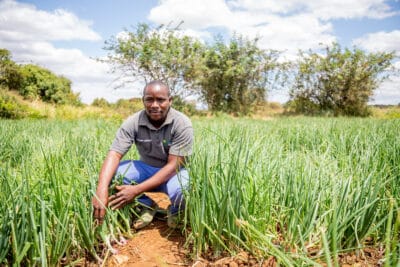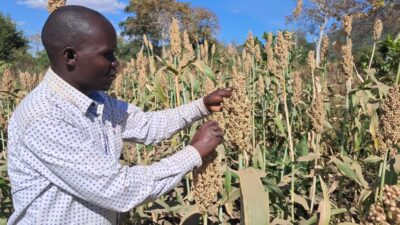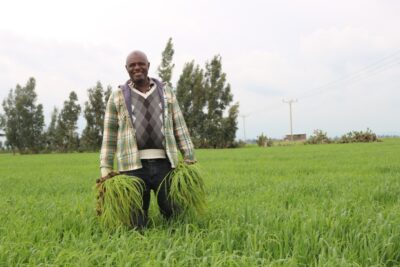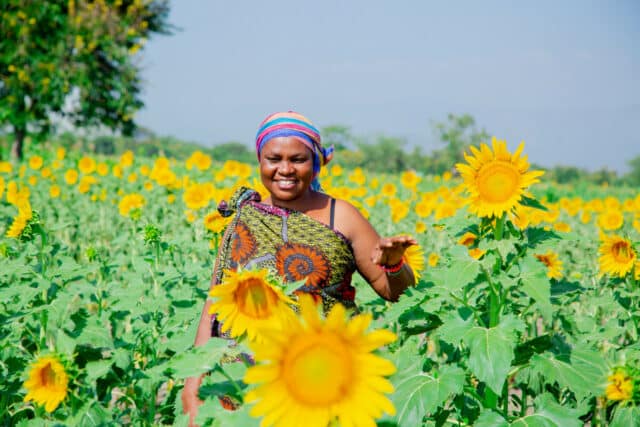News
3 February 2022
Severe drought threatens food security in eastern Africa
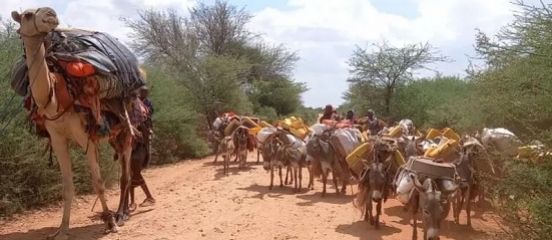
An ongoing drought is worsening the severity of acute food insecurity among pastoral and farming populations in eastern Africa who rely on rainfall to feed livestock, grow crops and make a living from agriculture.
An exceptional three-season drought sequence has struck the Horn of Africa region as a result of the poor rains in October-December 2020 and March-May 2021; followed by an extremely dry October-December 2021 season.
As of January 2022, the worst affected areas (and experiencing the driest conditions since 1981) were the southern pastoral areas of Ethiopia, northwest Kenya and a large part of south-central Somalia.
This has resulted in water shortages and record-low vegetation conditions, degradation of pasture for livestock, and wilting or absent crop growth.
Households’ food and income sources are significantly reduced due to drastic declines in livestock saleability, herd sizes, and milk production.
An estimated 20 million people in Ethiopia, Somalia, and Kenya will need urgent humanitarian food assistance in 2022 to prevent food crises or worse outcomes.
The sharp increase in food assistance needs is primarily driven by the impacts of severe drought across the eastern portion of the region and by the impacts of conflict, especially in northern Ethiopia.
The drought is compounding challenges for communities who have already experienced sustained reductions in food and income over the past three to four seasons due to the ongoing drought, flooding in early 2020, the desert locust upsurge and economic impacts of the COVID-19 pandemic.
The situation is predicted to worsen throughout the January to March dry season, as above-average temperatures further deplete water and pasture resources. Kenya and Somalia have declared drought emergencies.
Climate research indicates waning La Niña conditions will likely cause a fourth consecutive season of below-average rainfall across the region from March to May 2022, a historically rare multi-season sequence.
Anastasia Mbatia, Senior Technical Manager for Agriculture at Farm Africa, commented: “A drought of this magnitude has not been seen in the region since 1981. The crisis puts at risk communities who are still reeling from the extreme challenges thrown their way by the desert locust invasion, the pandemic and conflict.
“Yet again, we are witnessing how the burden of climate change is borne the most by those globally who have done the least to contribute to it.”
Farm Africa’s experience across eastern Africa highlights the potential of climate-smart agriculture to reverse the decline in agricultural yields caused by drought.
Access to finance is also key for households contending with climate extremes. Millions of farming families in rural Africa face a fall into extreme poverty when their harvests fail, simply because they lack a financial buffer.
Climate shocks often lead to vulnerable households selling valuable assets, such as land and livestock, that are essential to their livelihoods and ability to recover.
Building resilience to climate change in rural Africa means ensuring farmers have access to money to cover essential expenses such as food and education, and also invest in the high-quality inputs such as improved seeds and fertilisers needed for a good harvest of drought-tolerant crops and healthy profit.
Community saving schemes such as village savings and loan associations provide a lifeline to millions of rural food producers, particularly women, ensuring they have funds to fall back on when extreme weather events strike.
